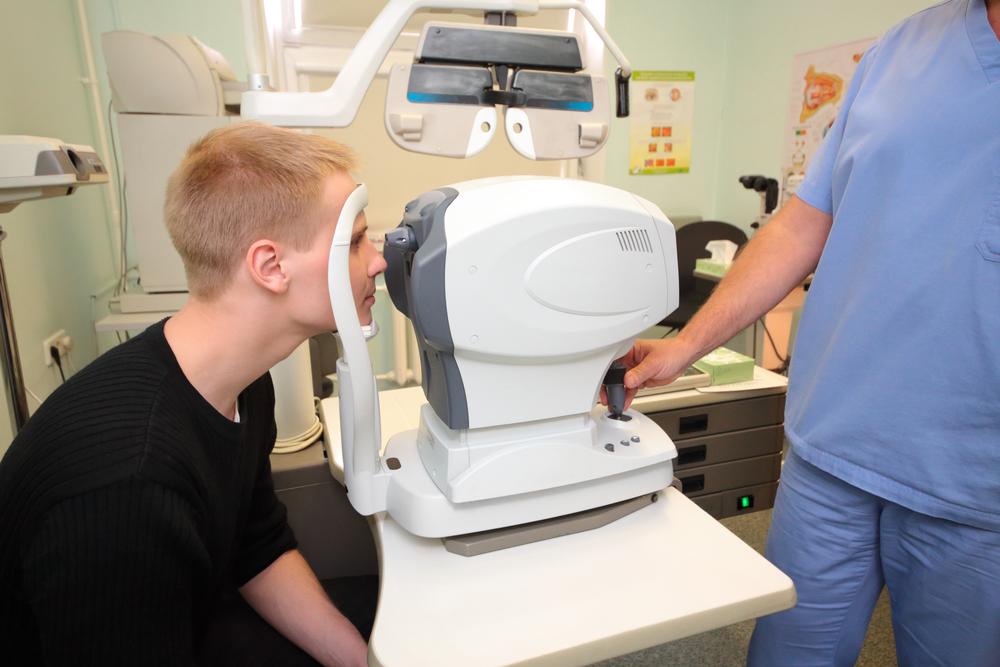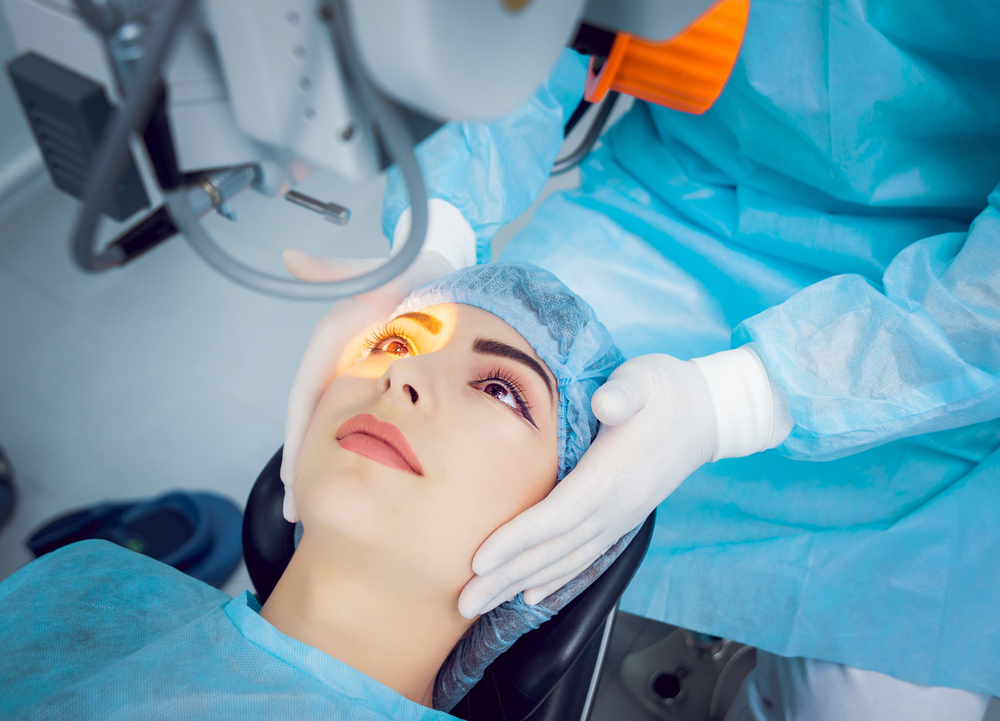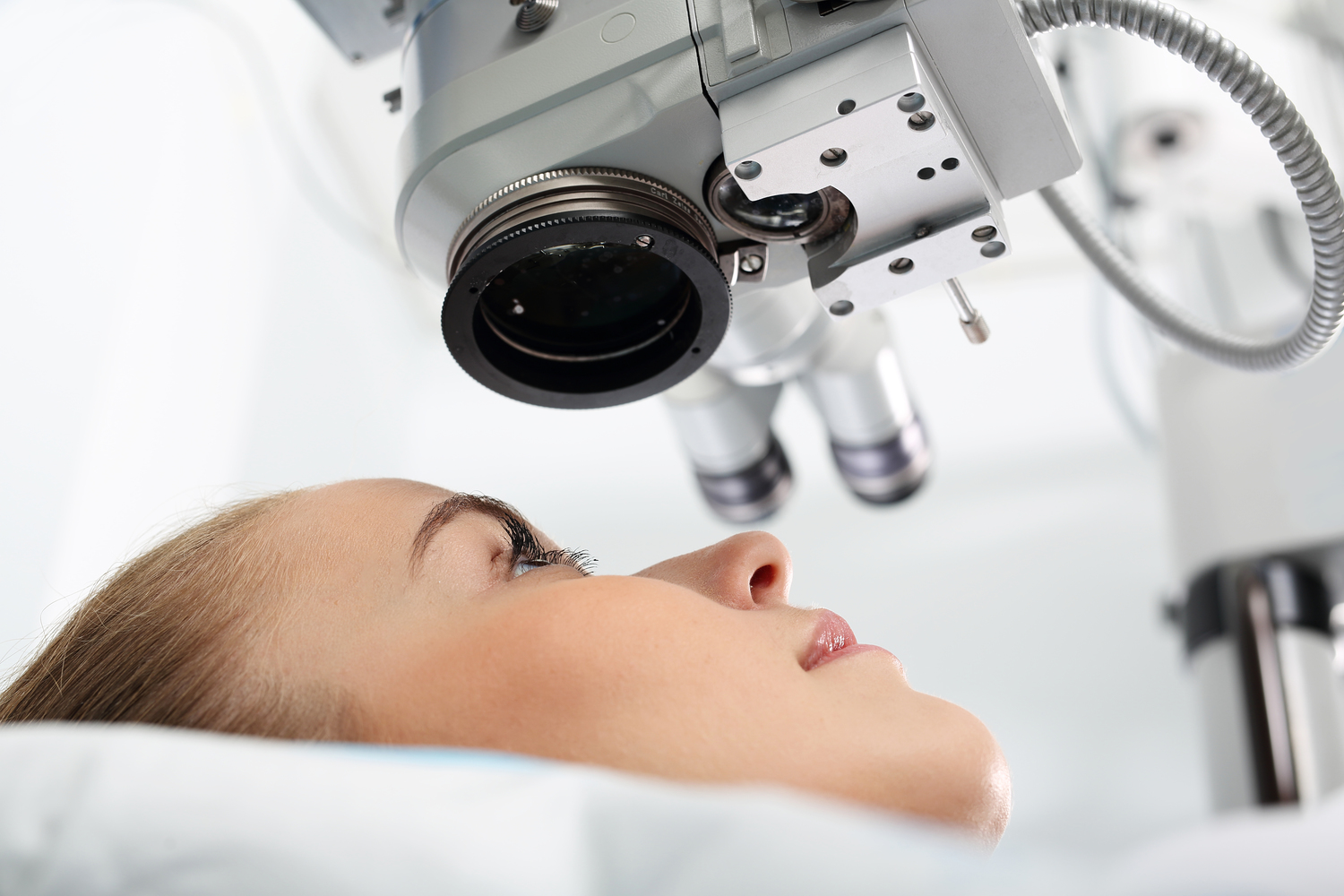Comprehensive Guide to Cataract Treatment: Surgical and Non-Surgical Approaches
Cataracts, a common age-related eye condition, cause clouding of the eye's lens, affecting vision and daily life. This comprehensive guide covers early signs, non-surgical management strategies such as eyewear adjustments and lighting modifications, and surgical options including phacoemulsification and laser surgery. Understanding these approaches helps patients make informed decisions about treatment timing and methods. Early detection and appropriate management can significantly enhance quality of life, with surgical treatments offering effective solutions when necessary. Consult an eye specialist to explore the best options for your eye health and vision restoration.

Effective Strategies for Managing Cataracts
Cataracts represent a common age-related eye condition characterized by the clouding of the natural lens within the eye. This cloudiness stems from the aggregation of proteins and other materials, which obstructs the passage of light through the lens to the retina. The retina then processes these images and converts them into electrical signals sent via the optic nerve to the brain, enabling us to see. When the lens becomes clouded, vision progressively deteriorates, often described as looking through a foggy or frosted glass window. This impairment can significantly affect daily activities such as reading, recognizing faces, driving, and performing routine tasks.
Detecting cataracts early is crucial because initial signs are often subtle and may not immediately impair vision. However, if left untreated, they tend to worsen over time, leading to significant visual impairment. Thankfully, advances in medical technology offer a variety of management options, ranging from non-invasive methods designed to delay the need for surgery, to surgical procedures that can fully restore vision. Understanding these options can help patients make informed decisions about their eye health and quality of life.
Non-Surgical Management of Cataracts
In the early stages of cataract development, lifestyle adjustments and corrective measures can significantly improve vision and delay deterioration. Common non-surgical strategies include optimizing eyewear, managing lighting conditions, and protecting eyes from ultraviolet (UV) exposure. If vision becomes blurry, double, or sensitive to light, getting new prescription glasses with anti-glare coatings can help. Magnifying lenses can assist with reading and close-up tasks. Proper lighting—such as bright, diffuse indoor lights—and outdoor accessories like hats or sunglasses with UV protection can reduce glare and improve visual comfort. These measures are cost-effective, easy to implement, and help maintain independence for longer periods without the immediate need for surgical intervention.
Surgical Treatments for Cataracts
When non-surgical methods no longer suffice, or when cataracts significantly interfere with everyday life, surgery becomes the primary option for restoring clear vision. Cataract surgery is one of the most performed and safe surgical procedures worldwide. The choice of surgical technique depends on the severity of the cataract, patient health, and financial considerations. Common surgical methods include phacoemulsification, extracapsular cataract extraction, intracapsular cataract extraction, and laser-assisted cataract removal. Each technique has its specific indications, advantages, and disadvantages.
Phacoemulsification: The Standard Approach
Phacoemulsification remains the most frequently performed cataract surgery globally. The procedure employs ultrasonic vibrations to fragment the cloudy lens into tiny pieces, which are then gently suctioned out through a small incision—usually less than 3mm. Afterwards, an artificial intraocular lens (IOL) is inserted into the lens capsule, restoring focusing ability. This minimally invasive technique typically requires local anesthesia, results in minimal discomfort, and allows rapid vision recovery. The cost varies based on location and lens type but generally ranges between $2,000 and $4,000 USD.
Extracapsular Cataract Extraction
This older technique involves a larger incision to remove the lens in one piece without breaking it apart. Due to the bigger wound, patients usually require more stitches and longer recovery time. It’s less common today because of advancements in phacoemulsification technology.
Intracapsular Cataract Extraction
This method involves removing both the lens and its capsule through a large incision, which carries higher risks of complications such as inflammation and retinal detachment. It’s rarely performed nowadays and has largely been replaced by safer, less invasive options.
Laser-Assisted Cataract Surgery
Laser technology has introduced precision and efficiency to cataract removal. Using advanced femtosecond lasers, ophthalmologists can create intricate corneal incisions, break up the cloudy lens more precisely, and reduce manual errors. Laser cataract surgery offers benefits like reduced astigmatism and improved visual outcomes, but it comes with higher costs, typically ranging from $2,200 to $3,000 or more. Whether opting for laser or traditional methods, consulting with an experienced ophthalmologist will help determine the most suitable approach for your specific needs, health condition, and budget.





